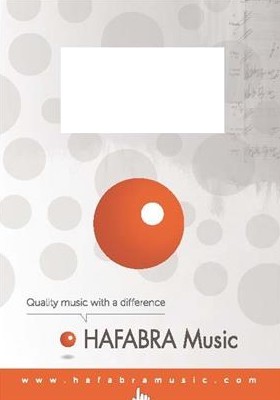
from Le Cid
(Ballet music)
Infos :
The opera Le Cid was based on a play by Corneille about a Spanish hero and was first performed in 1885. There are contradictory reports about its success, with most indicating it met with little or none. However, as every French opera must have ballet, the ballet music from Le Cid has lived on, becoming standard orchestral repertoire. Each of the seven movements is named for a region of Spain.
The story was inspired by 17th-century dramatist and national treasure Pierre Corneille, a man whose works pushed the boundaries of tradition at a time when religious and monarchical law tried desperately to govern theater and art. His play, Le Cid, was in turn based on an earlier Spanish drama by Guillén de Castro entitled Las mocedades del Cid (“The Early Years of Cid”). Both works offer fictitious accounts of the life of Spanish warrior Rodrigo Diaz de Vivar, known to history as El Cid, who lived from approximately 1043 to 1099. Though legend has cast de Vivar as something of a Christian prophet who pushed the Moorish Muslims out of the Spanish territories and ignited the movement that would later spawn the Crusades, the real El Cid seems to have been more of an 11th-century gun for hire. Having offered his services in a variety of battles to both Christian and Muslim forces in a time of social and political turmoil, de Vivar earned the lauded title of “El Cid,” a Spanish derivative of the Arabic term for “lord” or “leader.”
Popular at the time of its composition, French composers used a compositional technique referred to as exoticism, drawing on the sounds and characteristics of another country’s nationalist idiom. It is doubtful that Massenet, a French composer, used actual Spanish dances as the basis for his ballet music, but the instrumentation and rhythms certainly do remind the listener of Spain and its music.
The nearest association for Madrilene found is Madrileno, or citizen of Madrid, so it could be assumed that Massenet drew inspiration for this movement from the Spanish dances of Madrid. It begins very slowly with a duet between the solo English horn and a solo flute, both alternating a somewhat free melody giving way to a quick and rhythmic section accentuated by Spanish rhythms and castanets.
| HAFABRA Music | Nº 915 |
| Composer | MASSENET Jules |
| Arranger | SCHYNS José |
| Style | |
| For | • Wind Band |
| Duration | 03:40 |
| Level | 4 |
| Price code | 10 |
 Contact
Contact Basket
Basket My favorites
My favorites My account
My account








